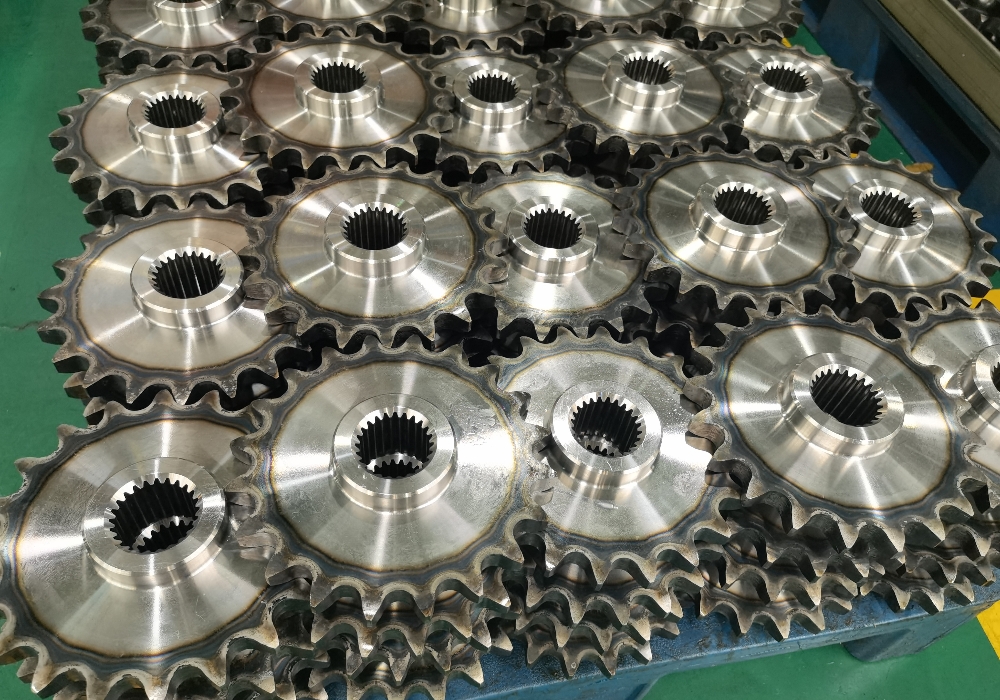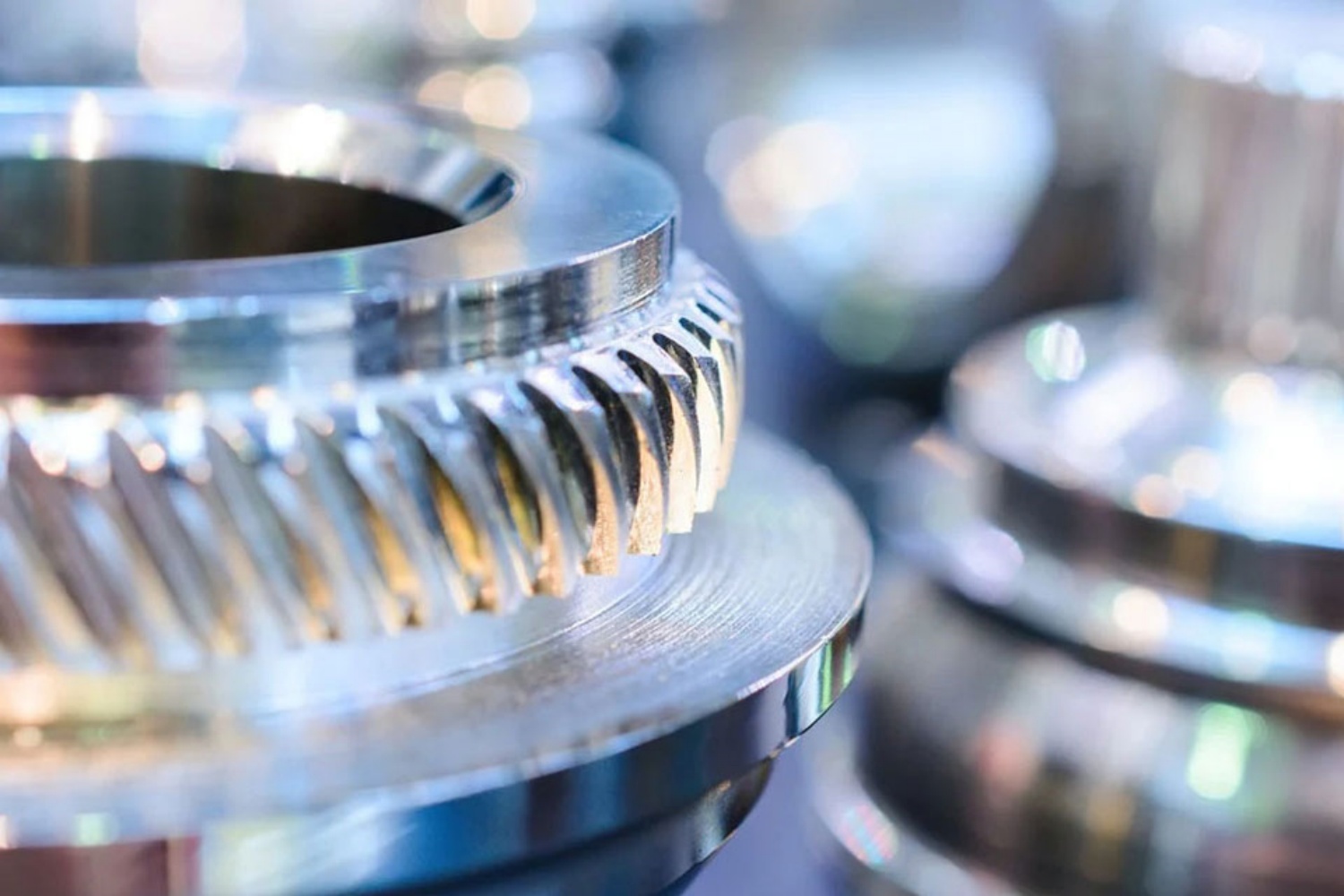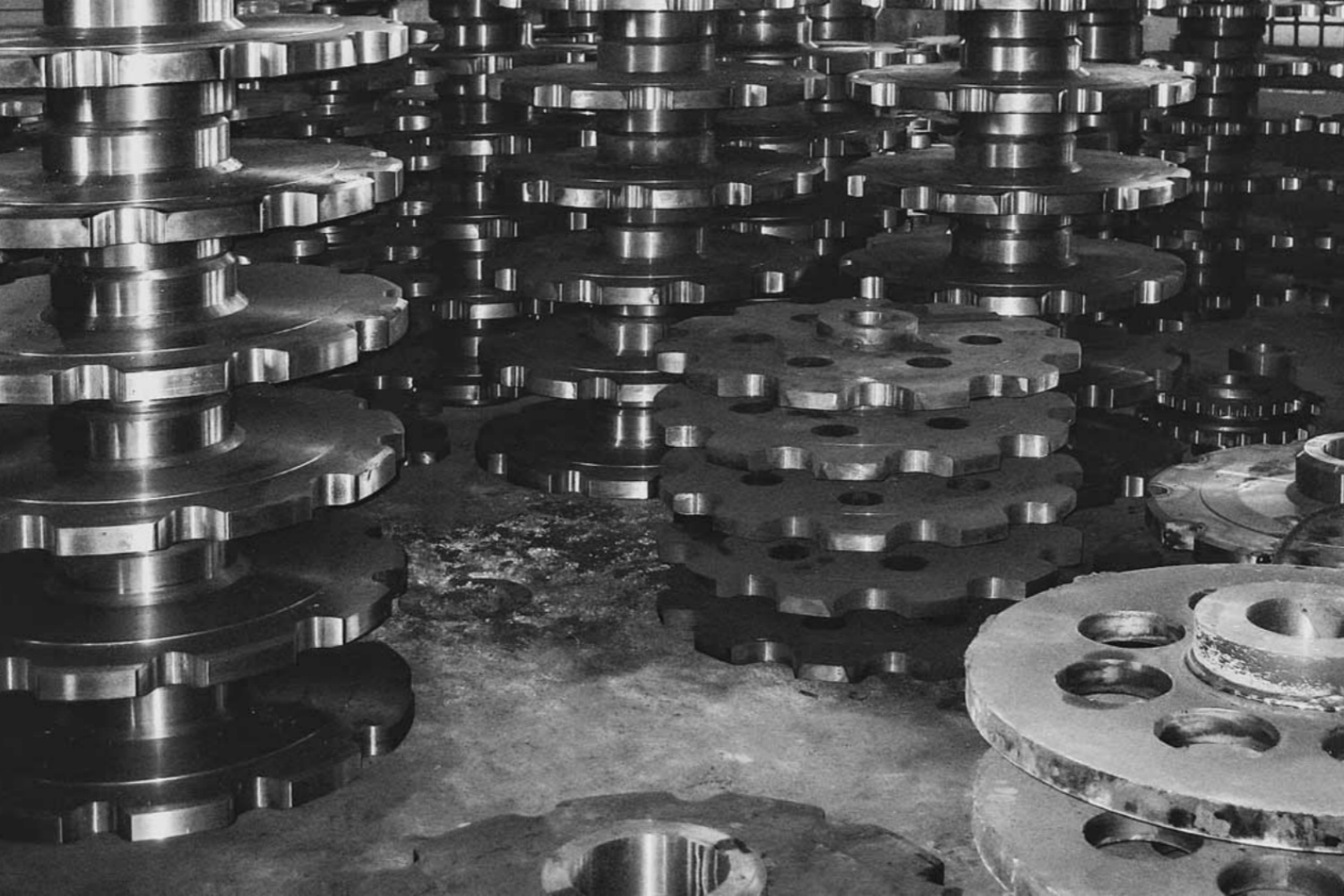Black oxide is a conversion coating produced by a chemical reaction when the sprocket is immersed in an alkaline salt solution (usually heated). The magnetite, being produced on the surface of the sprocket as a result of the reaction between the sprocket and the solution, acts as a protective barrier, preventing moisture from corroding the sprocket surface. And the magnetite is black, hence the name “black oxide”.
Another advantage of black oxide is that the process produces only an extremely thin layer of magnetite, with a typical thickness as 5-10 millionths of an inch (.000005″ – .000010″), to form a moisture barrier. This means that the process does not affect the dimensional stability of the sprocket. What’s more, no metal is removed or deposited from the sprocket surface during processing. So, unlike painted or electroplated finishes, the black oxide will not chip or peel.
A finishing treatment (oil, wax or lacquer) can also be applied to change the surface finish from satin to gloss based on the final application and aesthetic requirements of the sprocket. Post-treatment can also provide improved lubrication characteristics, which help the sprockets run more smoothly and connect more easily to mating components. The oil also enhances corrosion protection, and usually it is done with oil if there is no specific instruction of the post-treatment of the black oxide.
High frequency heat treatment of sprocket is used to increase strength, hardness and wear resistance. The materials and processes involved vary with the speed at which the sprocket is intended to operate. Sprocket modulation treatments can be used to relieve internal stress, improve machinability, improve electrical or magnetic properties, or increase ductility and softness.
3 basic steps in the heat treatment process:
Heating: Heating a metal to a specific temperature at which the structural properties will be changed.
Soaking: Holding the metal at the specified temperature until the entire part is heated evenly.
Cooling: With a specific rate, the metal is cooled back to the room temperature.
Sprocket gas nitriding is a case hardening process that uses dissociated ammonia as a source to add nitrogen to the surface of the sprocket. Gas nitriding creates a very hard shell in the part at relatively low temperatures, and there is no need to do the quenching.
Nitriding is carried out at temperatures below the transformation temperature of the steel, which means that the process involves little or no deformation with proper manufacturing techniques. Nitrided sprockets are heat treated to achieve the proper level of strength before final machining, and then the parts are exposed to reactive nitrogen at carefully controlled temperatures, typically in the range of 925°F to 985°F, which is usually below the final tempering temperature of the steel, so the mechanical properties of the base metal will not be affected by nitriding. Thanks to that, the products are not only with very high strength and excellent abrasion resistance, but also with little or no dimensional variation.
CONTINUE READING
Related Posts
In mechanical drives, gears are essential for transmitting motion, power, and torque across various applications. Two of the most commonly […]
In the world of industrial machinery, efficiency, precision, and reliability are essential. A key component in achieving these goals is […]
In the world of industrial engineering, precision and innovation are essential to staying competitive and meeting the ever-growing demands of […]





